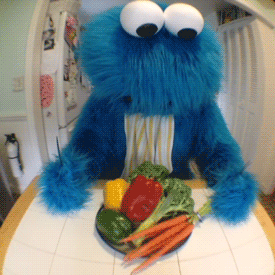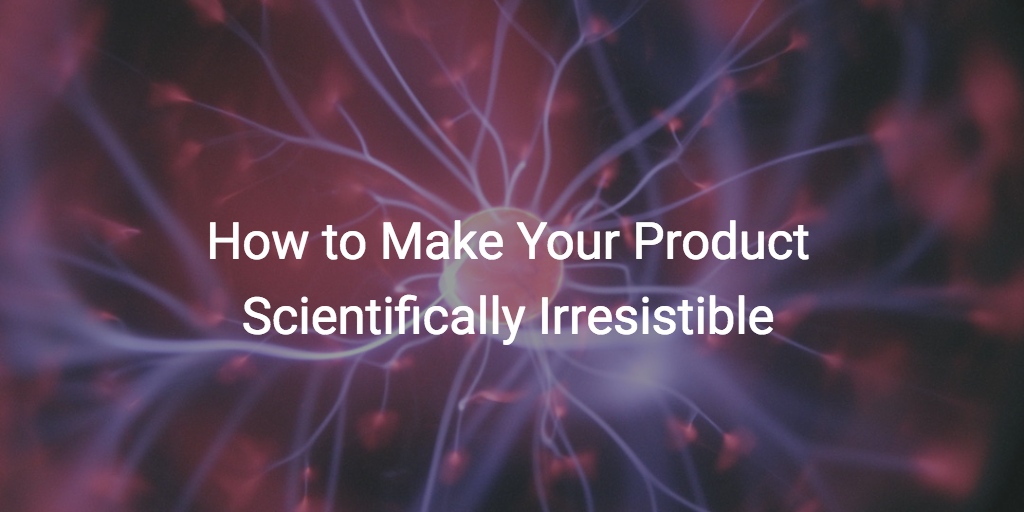Your product can’t suck. That’s a given. But it’s also not enough to be a good product that doesn’t hook your customer and connect to their pain points.
When you boil it down, your product falls into one of three categories: 1) shelfware (no one uses it, no one remembers they have it); 2) a tool someone has to use, but hates doing so; 3) the one you want it to be: something so useful it’s not software, it’s a habit-forming product.
But what does that mean for a product to form habits? And what the heck are habits anyway? I thought this was a blog about product management! This better not be about zombies again.

These are all the right questions—and for the answers, I’m going to draw upon an excellent presentation from Wall Street Journal Bestselling Author, Nir Eyal. The presentation, featured by Traffic Is Currency, shares what every product manager needs to understand if they want to create habit-forming products.
For more, check out Nir’s book, Hooked: How to Build Habit-Forming Products.
What is a Habit?
The term “habit” isn’t anything new to you, but in the context of a product, it might be. Habits are impulses to perform an action that requires very little conscious thought—like riding a bike or brushing your teeth. And whether you realize it or not, some of the best products out there today achieved this status by creating habits within their users.
Take Slack as an example: if you’re like me, when you open your laptop to start your day, Slack is one of the first things you open, without even giving it a thought, as it connects you to everyone else in your organization. It’s essential. And more than that, it’s painless. And even more than that, it’s rewarding.
As you likely know, not all habits are good for you. While Slack forms good habits, like quicker response times, it can also be a distraction and create a bad habit of task-switching. We’re not trying to get our users addicted to something that’s not good for them—we want them to form healthy habits that improve their lives. At this point, you might be saying, “My product is the best, it’s solving a common problem. How could that be bad?” Well, let me stop you there.
Having the Best Product Isn’t Enough—You Need a Hook
The best product in an industry doesn’t just have the best features and functionality—it’s one that connects to the user’s problem frequently enough (at least once a week) that it creates a habit. If you can achieve this, then congratulations, you’ve created a hook.
This is really the crux of Nir’s presentation, during which he outlines four components of a hook:

Nir Eyal’s Hook Canvas
- Trigger: The thing that tells us what to do next. It can be either an external trigger, like a friend recommending an app; or an internal trigger, like an instinct that tells us what to do next in a certain situation. Internal triggers are the key to understanding your customer—what is the pain point that your product solves? If you know that, you know your trigger.
- Action: The why we do something based on the trigger. Generally, this is a behavior aimed at the path of least resistance to reward. You have a song stuck in your head? You Google the lyrics. Need to get somewhere, but you don’t have a car? Rideshare. Trigger -> Action.
- Reward: The what they’re doing it for. The itch that a user has to scratch and can only do so with your product.
- Investment: The last piece of the puzzle—what the product requires in exchange for the reward. Generally, a great product uses the investment to reinforce the entire process by either setting up the next trigger or incorporating what’s been given to make the product even better. If you watch a few shows on Netflix, you’re investing time into the product, but it’s also learning what you like and presenting you with more of the same to hook you back into the product again.
The more times you can pass a user through your product’s hook, the more you shape their behavior and form a meaningful habit.
Questions You Have to Answer, Including the Ethical Ones
Now that you understand the importance of creating habits within your users, and how to go about it, there’s a few vital questions that must be answered:
- What trigger is my product solving?
- What is the simplest action required to address the trigger?
- Is the reward that my product provides fulfilling? Does it leave them wanting more?
- What investment do I need from the user to increase their likelihood they’ll be back?
- Isn’t this manipulation? Is that ethical?
The last question is a very important one to consider before deploying the tactics above. At the end of the day, we are very much detailing how to manipulate your users, but we’re also instructing how to do it to form healthy habits.

Can you use habits and hooks to create evil products bent on world domination? Sure. But history proves one thing, it’s that products that trap their users—ones that force them to keep coming back despite the experience—they don’t last. So take a step back, and consider how you can make your product one your customers love because it helps them improve their lives. If you do that, it’s a win-win.
